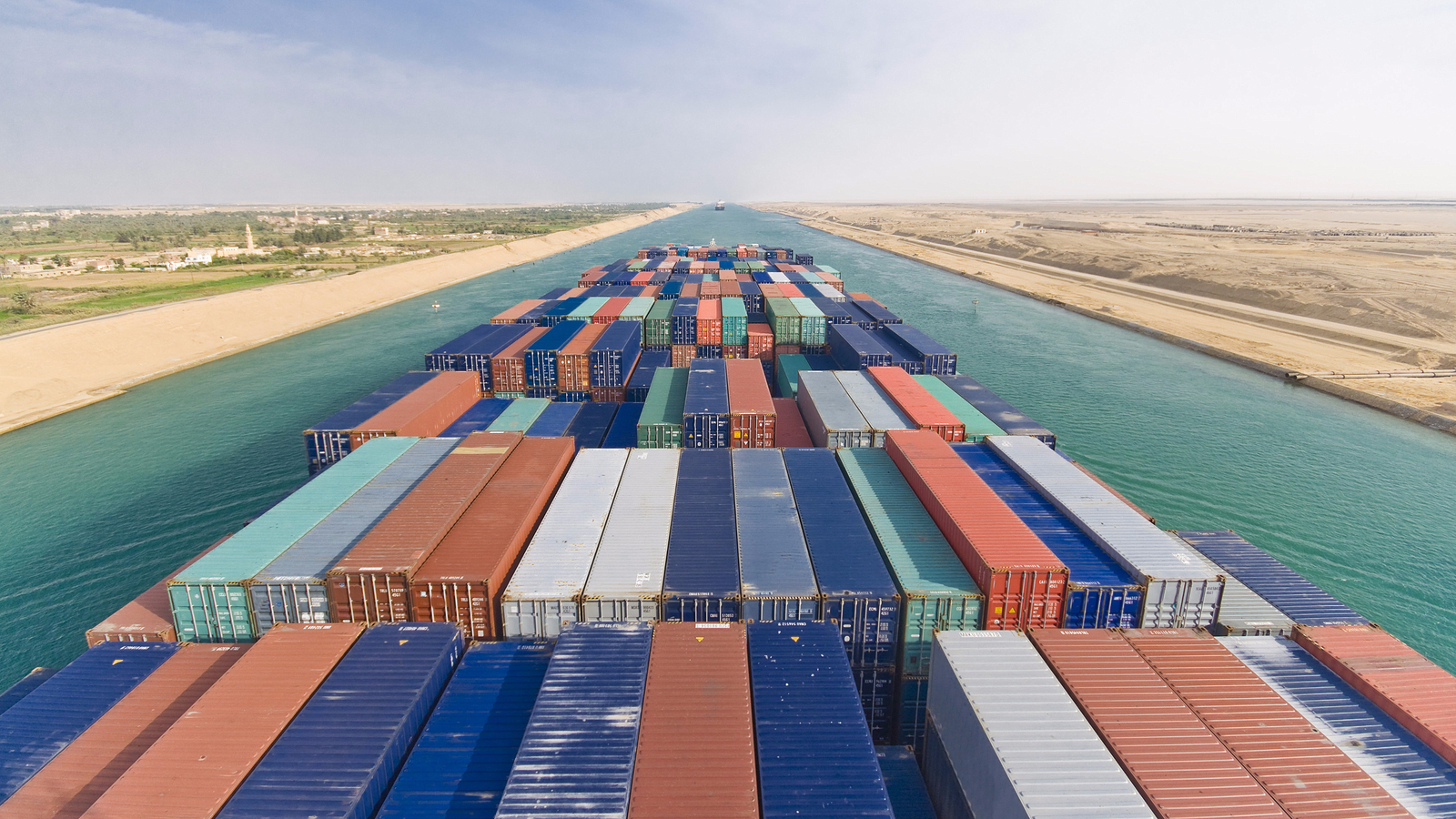
Shippers accuse carriers of price gouging
OSLO : Shippers and forwarders are becoming increasingly concerned about carrier price gouging on the Asia to Europe services citing massive increases in charges that are being merged into a single charge from January.
According to one forwarder, who wanted to remain anonymous, carriers are citing increases for a peak season surcharge, increased fuel charges and security surcharges that have all been created due to the Red Sea shipping crisis.
“In December we were being quoted $1,400/FEU by carriers from January that will be $5,200/FEU and $4,000 for a 20ft, and we are being told to expect $12-15,000/FEU after Chinese New Year at the end of January,” said the forwarder.
He said it was uncertain how these charges were going to be levied at this point, whether the security surcharges would be levied for vessels heading around the Cape, or if extra fuel charges were still being made for vessels still transiting the Suez Canal.
December freight rates have all been honoured, said the forwarder, but Maersk announced on 24 December that it will resume services through Suez.
“As of Sunday 24 December 2023, we have received confirmation that the previously announced multi-national security initiative Operation Prosperity Guardian (OPG) has now been set up and deployed to allow maritime commerce to pass through the Red Sea / Gulf of Aden and once again return to using the Suez Canal as a gateway between Asia and Europe,” said a Maersk advisory.
However, the forwarder remained unconvinced: “There is no peak season, the shipping lines have created a peak season,” he claimed.
That is a view that was supported by Xeneta’s chief analyst Peter Sand, who told : “I don’t see a capacity crunch, the market is stretched with carriers going around the Cape [of Good Hope] but to see a capacity crunch we would need to see Suez and Panama close.”
Sand pointed out that in the pre-Covid days an Asia to Europe loop consisted of just eight ships, today some loops have 14 vessels deployed.
Carriers are deploying a number of tactics to limit capacity, including adding extra port calls, slow steaming, blanking sailings and using the Cape to extend journeys, but with the number of new vessels being deployed and the level of demand there is “ample capacity,” said Sand.
Red Sea attacks on shipping have caused vessels to divert around the African Cape to avoid the regional conflict in the Middle East, prompting some observers to warn of higher rates and a shortage of capacity.
Global Shippers’ Forum director James Hookham was more guarded on his view of the current situation, saying that it was clear that some ships will be delayed after diverting via southern Africa, but these ships remain on the water so it’s unclear how this will play out.
Like the forwarder, Hookham suggests that the peak season claim by the lines remains fanciful: “Demand is still flat, global trade is in decline if anything,” he said, while also pointing out that the carriers are running more ships, “But those ships’ utilisation rates are low, at around 70%, it’s like running a train service, the trains are often operated with a few people on board.”
